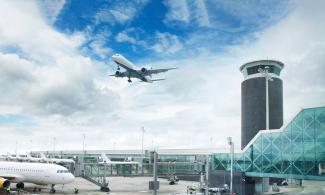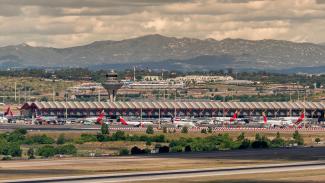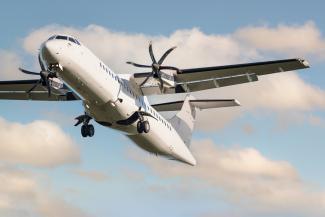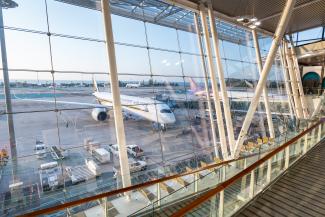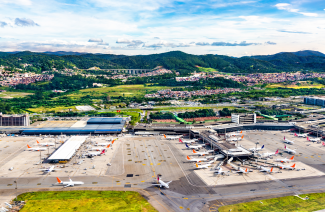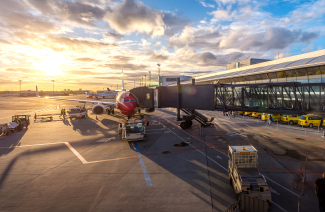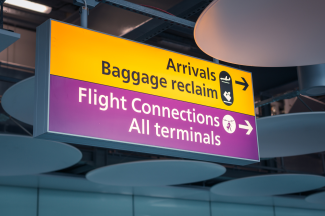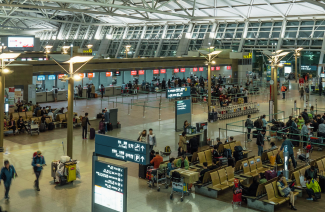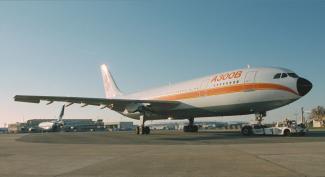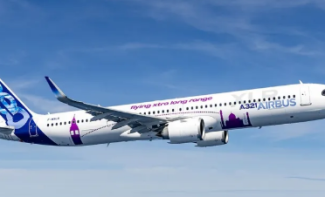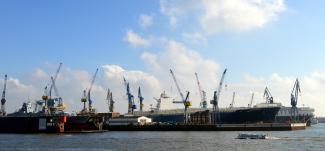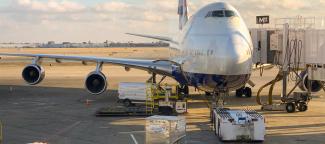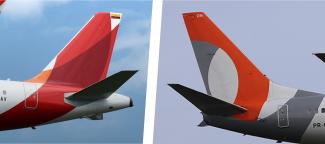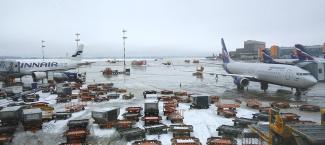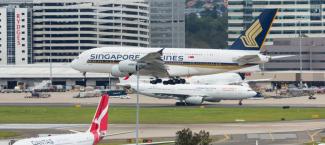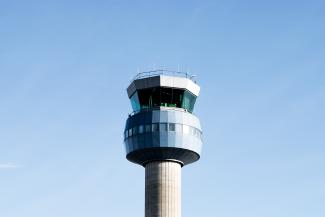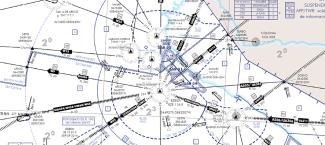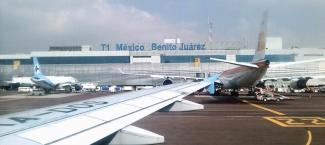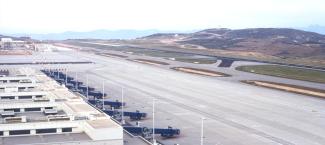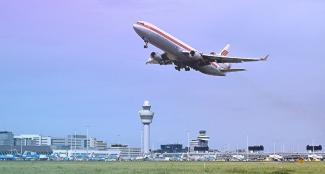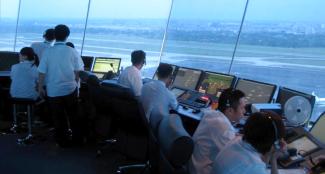Airport service quality frameworks, which define and monitor service standards, are key to ensure an optimal airport’s performance and user’s level of service and satisfaction. The definition of these frameworks should be designed to reflect best international practices in the industry, focused on benefitting all stakeholders and taking into consideration the specific characteristics of the asset and its operation.
Airports are a delicate ecosystem that work as a series of systems and processes linked to each other, as a result, deviation from the required performance in any of them, may lead to operational disruptions and cost increase.
The focus of service quality frameworks typically spans several key areas:
- Passenger Processing Facilities: Ensuring efficient and smooth operation in areas such as boarding pass check, security screening, passport control, etc.
- Passenger Equipment Availability: Guaranteeing the availability and functionality of critical equipment like passenger boarding bridges, mechanical elements (transportation, HVAC), etc.
- Passenger Experience Elements: Maintaining high standards for passenger experience, for example cleanliness throughout the airport, ease of wayfinding and availability of flight information, Passengers with Restricted Mobility (PRM) service timeliness, etc.
When considering the above key areas into the operation, value for money for both passengers and airlines is maximized and therefore authorities responsible for granting concessions often include service quality frameworks within the concession agreements to ensure these service level standards. However, not only airports under concession frameworks should consider airport quality service frameworks, any airport will greatly benefit from these quality schemes, and more frequently, they are defined as the guidelines to follow to increase stakeholders’ satisfaction.
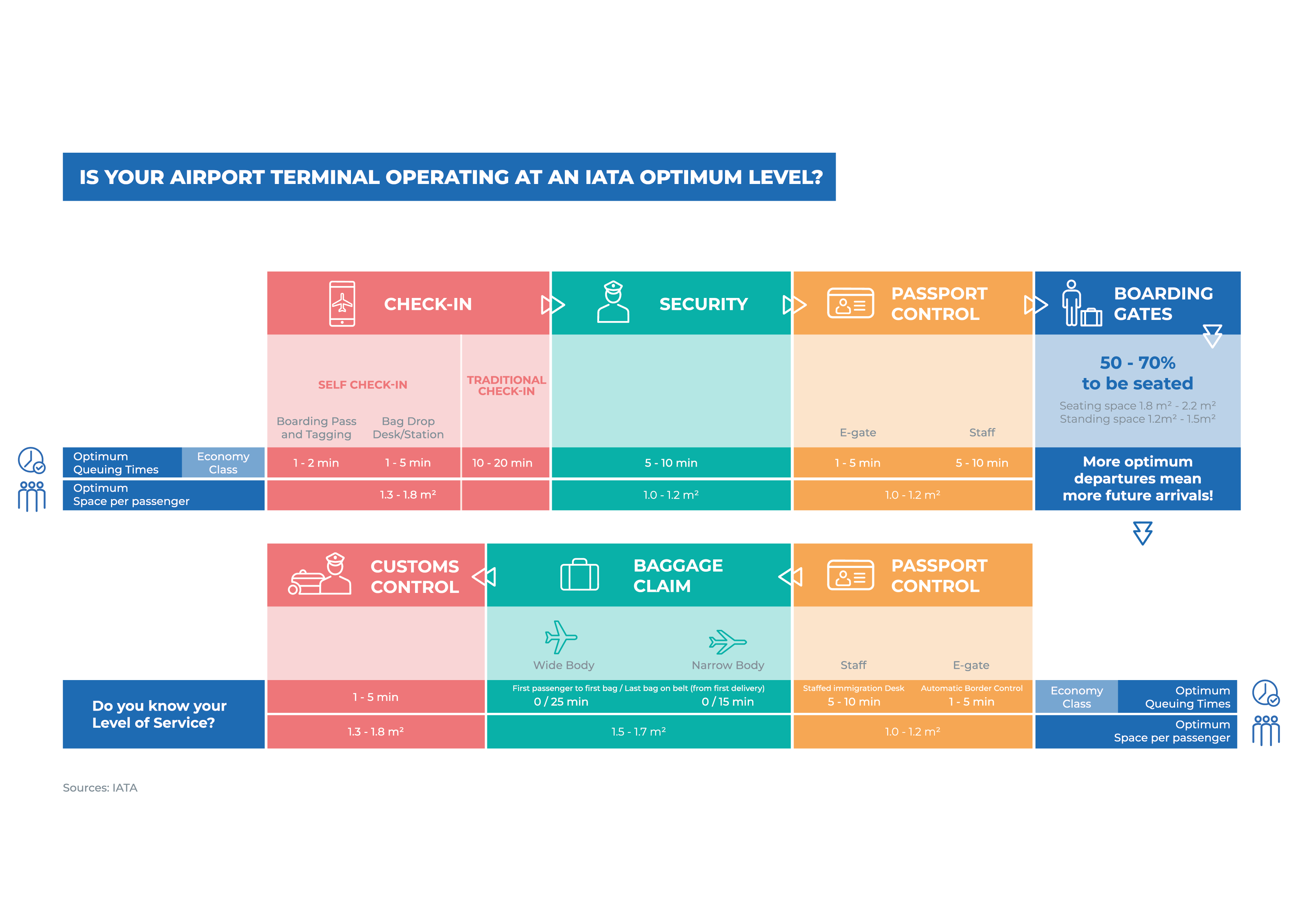
Main aspects of the airport service quality framework
In establishing an effective framework, there are two main considerations: theoretical planning of performance and real-time performance measurement.
In addition, it must be highlighted that Key Performance Indicators (KPI’s) should be established through consultation with involved stakeholders. This includes understanding the existing baseline, exploring different options, and selecting the optimal solution that strikes a balance between costs and performance. Clear identification of expectations, responsibilities, and accountabilities among all parties is essential to ensure alignment towards common objectives.
Theoretical Planning of Performance
Utilizing analytical models, such as those provided by IATA, and simulations helps establish the current baseline and understand potential evolution in the short and mid-term considering classical demand-capacity assessments. In fact, efficiency boosts are achieved when airports can accurately forecast specific airport operations, including passenger arrivals, dwell times, and movement patterns, enabling the creation of robust resource plans.
Capacity declarations conducted annually by airports rely on this theoretical planning to effectively plan slots and allocate resources.
Real-Time Performance
Real-time performance serves as a practical complement to theoretical planning, allowing for the identification and correction of deviations from the planned performance. It helps address discrepancies arising from changes in traffic patterns or passenger behaviour, as well as issues related to resource efficiency and procedural organization.
Before implementing any performance measurement plan, it is crucial to align with key stakeholders and conduct a comprehensive diagnosis of the current status, including procedures and regulatory constraints. This ensures a smooth and effective implementation process.
How to measure the airport service quality levels?
Measuring the quality of service at airports is crucial for ensuring a smooth and satisfactory experience for passengers. Digitalization enables real-time performance improvements by providing access to larger and more accurate data volumes. However, it's important to carefully balance costs against goals before making any decisions.
Passenger Processing Facilities:
Traditionally, the performance of passenger processing facilities is evaluated by calculating the percentage of passengers whose waiting time for inspection falls below a predetermined threshold, compared to the total number of passengers.
Manual estimation involves conducting measuring campaigns where surveyors observe and measure each system during a relevant time frame, normally during the busy week of the season, and measurement conducted on a per-passenger queuing time on a regular frequency. Digital solutions like Passenger Flow Management Systems (PFMS) utilize real-time data from sensors and CCTV to provide daily and weekly reports on performance metrics such as total processed passengers, average wait times, and maximum wait times.

Asset Availability:
The availability of critical assets, such as boarding bridges, is typically measured by calculating the percentage of time they are operational compared to the required availability.
Manual estimation relies on maintenance logs and repair orders. Digital measurement, on the other hand, utilizes data from Building Management System software to not only control the system but also monitor its overall performance.
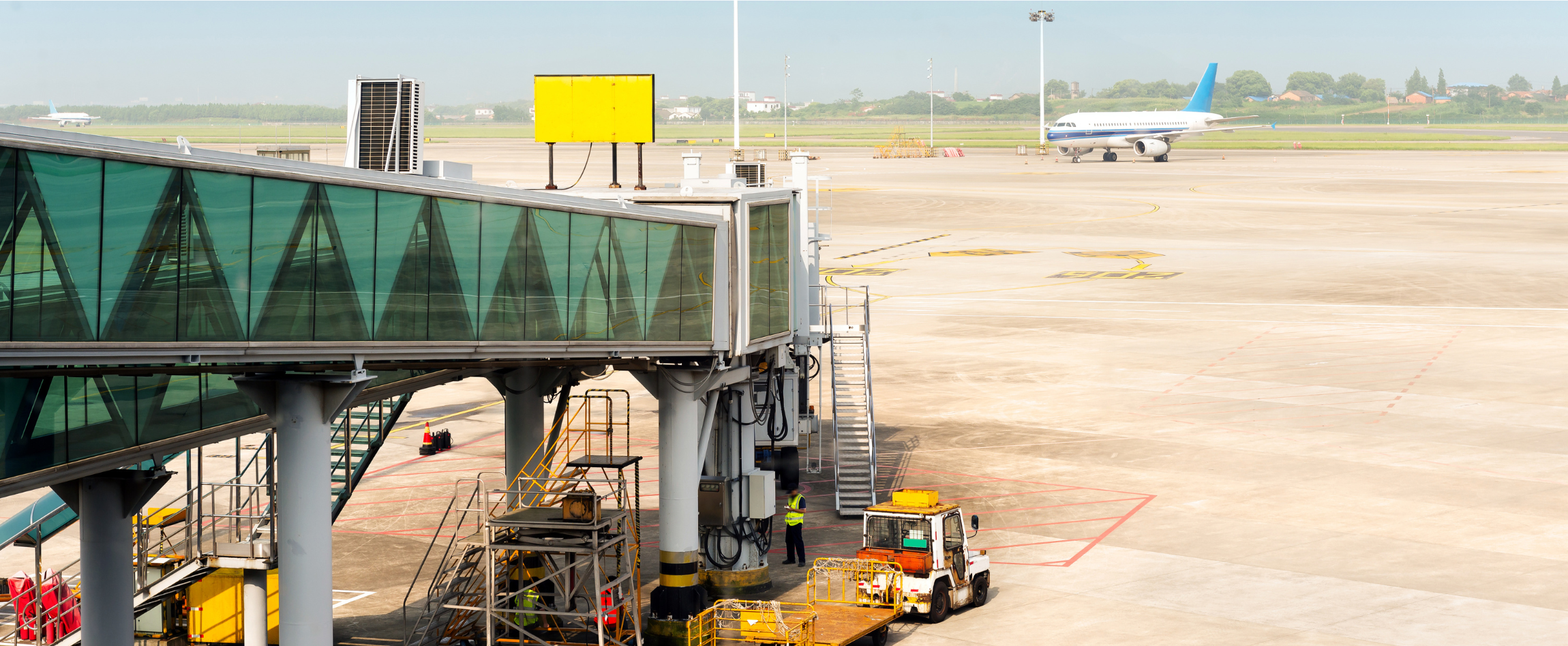
Passenger Experience Elements:
Passenger satisfaction is often assessed through surveys conducted by airport operators or recognized third parties in the industry.
ACI-World administers the Airport Service Quality (ASQ) Survey, a customer survey tool used to benchmark airports based on service performance, with top-performing airports publicly recognized.
Other methods include simple surveys using 'smiley feedback buttons' strategically placed after each service process for quick feedback from passengers.

By employing these measurement techniques, airports can continuously monitor and improve their service quality, ultimately enhancing the passenger experience and ensuring customer satisfaction.
Why is useful to have a robust airport service level framework?
Not only airport service level framework serves as tool to deliver optimum service levels, other purposes can be reinforced through the application of these quality schemes.
In certain airports, service levels results are used as an additional parameter for the update of airport charges, particularly in airports prioritizing customer service and aiming to incentivize improvements in service quality. This approach aids in defining pricing strategies and fee structures for various airport services, optimizing revenue generation while balancing competitiveness and profitability.
Measurement of KPIs that drive service levels may contribute when establishing schemes for incentives and penalties both for internal and external companies operating at the airport (i.e. service provided at security checkpoints or baggage delivery to passengers).
Also, as stated in previous sections, the analyses conducted are instrumental in understanding the airport's actual capacity and should be taken into account in its development plans. By capturing actual performance, additional information to refine the process of infrastructure planning is considered, improving its accuracy and ensuring its resilience as it is able to predict potential bottlenecks and therefore facilitate mitigation actions under certain operational conditions.







